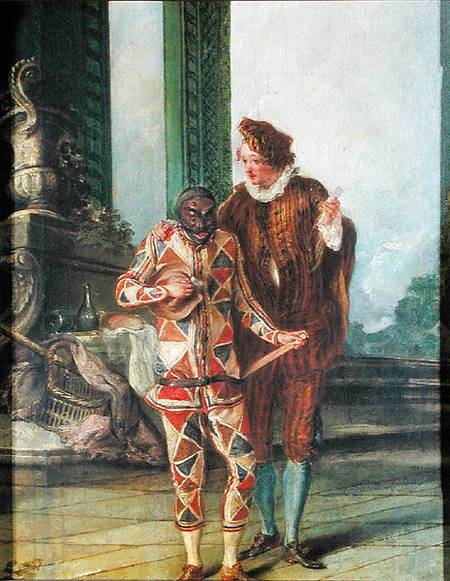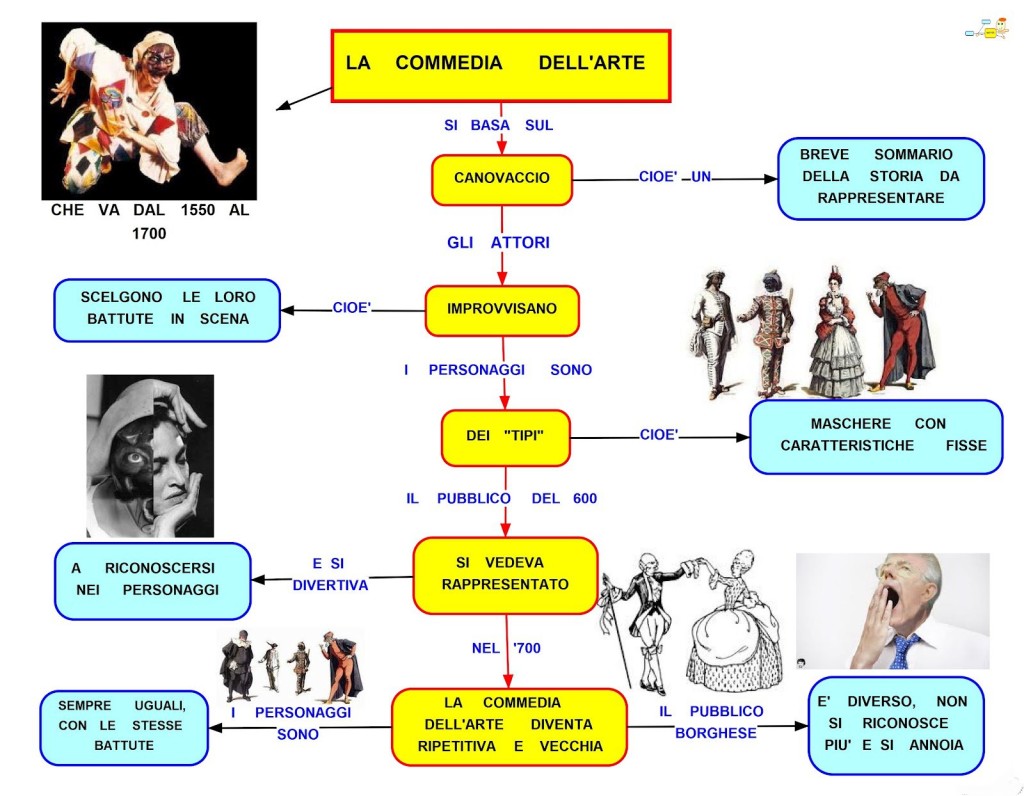


Schmitt's lucid and incisive argument, grounded by extensive research into sixteenth-century Italian society as well as contemporary aesthetic theory, makes a compelling case for the complex relationship between the scenarios and the culture out of which they emerged. The Routledge Companion to Commedia dell'Arte (2014), for example, includes more than fifty essays, but only two focus on the scenarios. Schmitt's project offers an important new perspective on the history of commedia dell'arte, for while scholarship on the tradition is robust, there is clearly opportunity for further work focused specifically on the texts and their genesis. In Befriending the Commedia dell'Arte of Flaminio Scala: The Comic Scenarios, Schmitt sets out not only to illuminate the richness of Scala's work within the context of sixteenth- and early seventeenth-century Italian culture, but also to reclaim Scala as an 'inventor' of the art within the specific Renaissance context of the word. According to Natalie Crohn Schmitt, the foundational issue lies in a misunderstanding of Scala's role in preserving the scenarios. While the value of Scala's collection as evidence of the tradition has never been questioned, the merits of the individual scenarios have been dismissed for a variety of reasons.

Among these documents, only fifty were published during the height of the movement's popularity, printed as a single collection in 1611 by Flaminio Scala. Yet, significantly, more than 800 extant scenarios attest to the structure, style, and vitality of the tradition that has been called the most important theatrical movement of early modern Europe. As any theater student can tell you, there are no play scripts.

For all of the unique qualities that define the commedia dell'arte, one of its most distinguishing characteristics is something it lacks. Toronto: University of Toronto Press, 2014. Befriending the Commedia dell'Arte of Flaminio Scala: The Comic Scenarios.


 0 kommentar(er)
0 kommentar(er)
